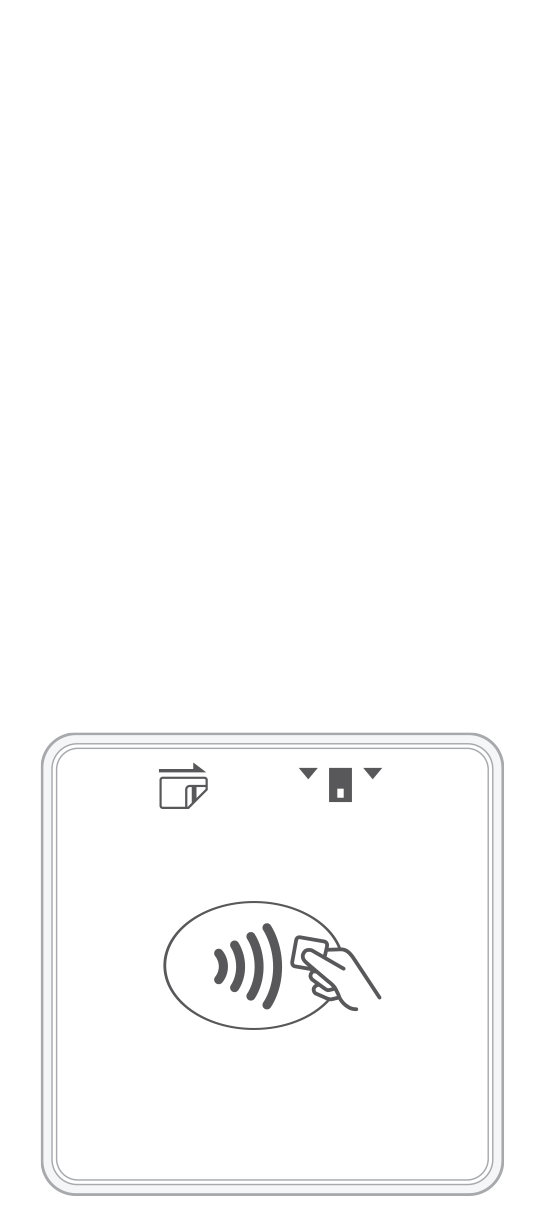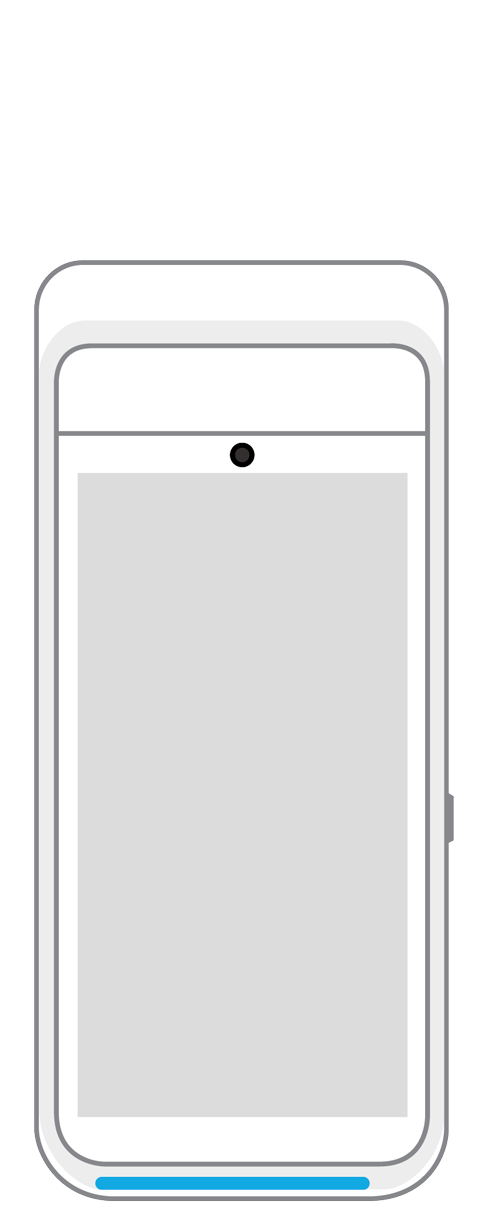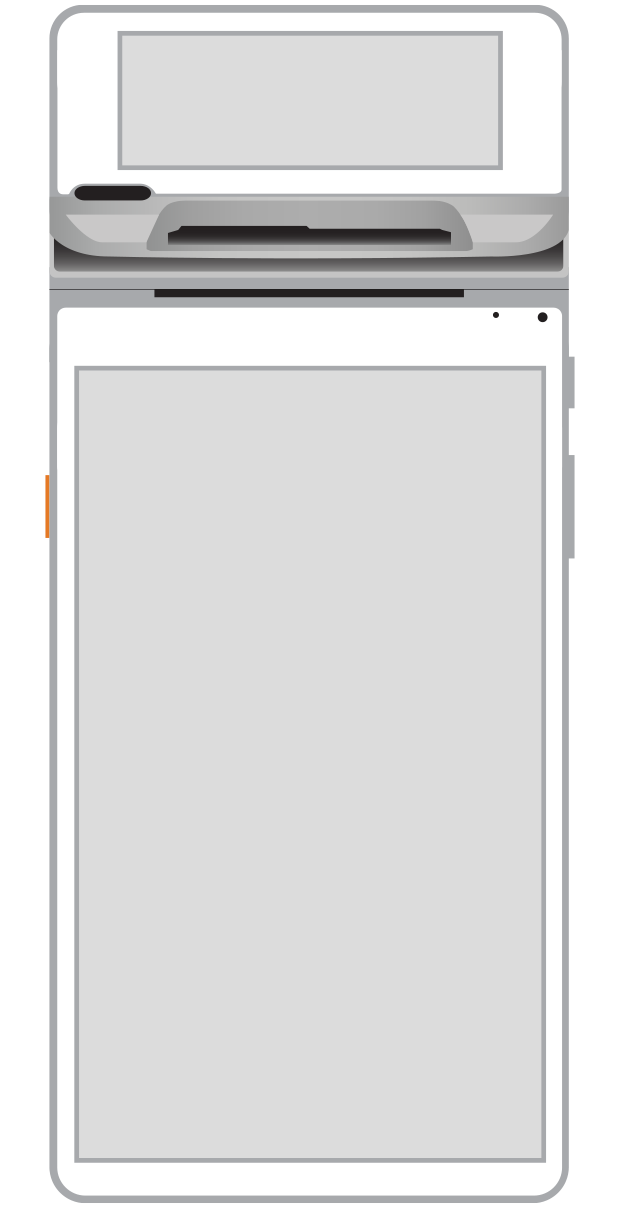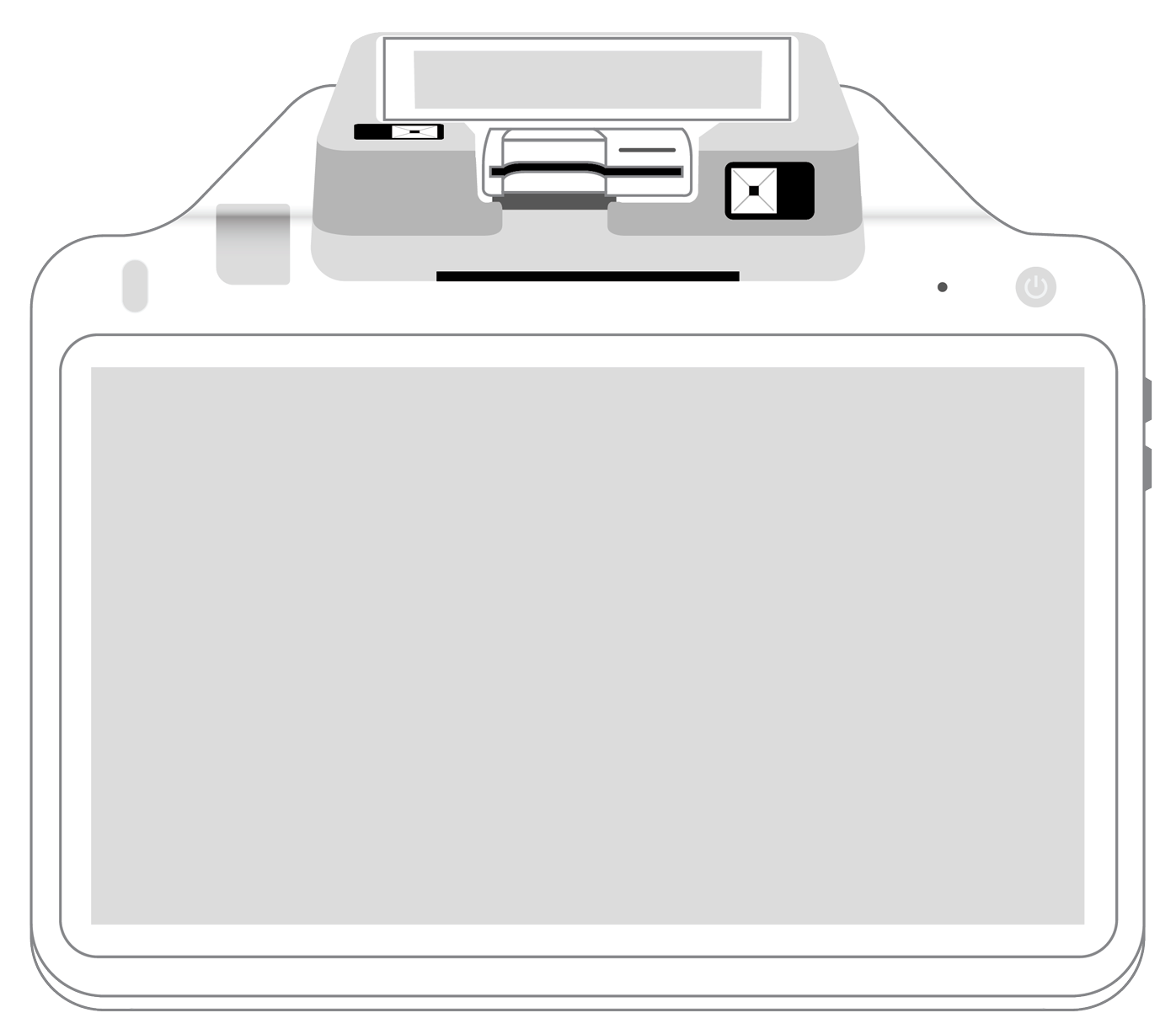From digital menus to touchless payments, how restaurants are embracing the future.

Today’s restaurant customers want convenience and efficiency combined with unparalleled quality. In addition, they are increasingly demanding a hygienic and seamless ordering and checkout experience. To meet these requirements, technology is continuing to rise to the occasion in several ways.
1. Online ordering and delivery via third-party apps.
When the pandemic hit in 2020, life as we knew it ground to a halt. Restless consumers locked down at home were eager to do anything possible to have a diversion from Zoom, frustrated children, and overall boredom. Now, just as it did then, technology is rapidly helping to fill the void.
Today’s restaurants now integrate numerous ways that people can get their food in addition to dining at a physical location. Curbside pick-up and home delivery using restaurants’ own staff or through third-party vendors such as Uber Eats and Doordash give famished diners a variety of options to satisfy their hunger and create everything from the takeout experience to fine dining at home.
2. Touchless payments.
Even before COVID-19 but especially during and after the worst of the pandemic, payment processing for restaurants has also undergone a major transformation. Through the use of a simple contactless Bluetooth card reader, customers can now resolve their bill without ever needing to come into physical contact with your counter staff or your payment hardware. These contactless trends use something called near-field communication technology that is embedded both in the contactless card reader and the consumer’s phone or wearable device. As long as the two are within two to three inches of each other, they can transmit payment information back and forth quickly, safely, and hygienically.
These new systems can even be used when bringing food to a diner’s car. All you need to do is download an app from your payment processing provider onto your smartphone and connect it to a mobile card reader. You can then take your restaurant payment system anywhere you want it to go.
3. Online reservations.
If you or your staff are still exclusively taking table reservations over the phone, it’s time to adopt one of the most time-saving systems on the market today. Once you sign up with one of these third-party reservation platforms, people can secure their tables without any extra work or time on your part.
No matter what type of eatery you’re operating, you will quickly discover the advantages of these platforms. Customers can be in control of how and when they reserve their tables. At the same time, you can manage waitlists and seating and dining preferences while simultaneously gathering customer contact details that can later be used for marketing campaigns.
4. Help in the kitchen.
Technology can also seamlessly link your point of sale system to the kitchen where orders are actually made. Increasingly, restaurants are installing kitchen display systems that act as digital menu boards. Once this set-up is configured and running, staff can easily see every order that comes in. Orders can then be prioritized, with dietary restrictions flagged. Moreover, because everything is integrated, you can tie into inventory management and know when ingredients are running low well in advance. Incorporating this system facilitates better overall communication and accuracy, cuts way down on unnecessary paper use, and leads to better overall satisfaction for staff and customers alike.
5. QR codes.
It’s amazing what these strings of characters can do for restaurants, a fact that has long been known in countries such as China and South Korea. Now that restaurateurs are embracing the technology here in the US, customers are growing accustomed to using it for everything from accessing menus and ordering food with their smartphones to paying for purchases. Best of all, it can all be done contactlessly.
This technology brings with it several advantages for business owners. Efficiency is increased because orders are submitted accurately by the customers themselves. That leaves the staff more time to answer customers’ questions and perform other necessary tasks throughout the facility. Instead of long lines at the checkout counter, most bills can be resolved privately at the table, freeing up even more staff time and relieving congestion at the front of the building.
There is no doubt that the coronavirus pandemic drastically changed the world as we knew it, and restaurants were no exception. However, the silver lining that has since emerged is that technology quickly stepped into the void, providing owners and customers alike with increased safety and efficiency, as well as innovative ways to order, receive, and pay for the food they love. The modifications that COVID-19 has forced upon us remain, and in many respects, the results have turned out to be more positive than anyone could have anticipated.
 3-in-1 Reader |  Terminal |  Keypad |  PINPad Pro |  Flex |  POS+ | |
|---|---|---|---|---|---|---|
Payment types | ||||||
EMV chip card payments (dip) | ||||||
Contactless payments (tap) | ||||||
Magstripe payments (swipe) | ||||||
PIN debit + EBT | ||||||
Device features | ||||||
Built-in barcode scanner | ||||||
Built-in receipt printer | ||||||
Customer-facing second screen | ||||||
External pinpad | ||||||
Wireless use | ||||||
Network | ||||||
Ethernet connectivity | With dock | |||||
Wifi connectivity | ||||||
4G connectivity | ||||||
Pricing | ||||||
Free Placement | ||||||